After spending a couple of days anchored off the fishing village of Muros in the Ria de Muros e Noia, we set off again. The day started slowly with no wind and a careful motor through the morning mist.
By lunchtime, we had reached the entrance to the ria. The wind had picked up, the mist had cleared and the sun was shining, allowing us to sail the 30nm to the next ria – Ria Arousa.
This is the largest of the rias, with many islands and inlets offering plenty of choices for anchoring. Having checked our pilot guides and charts, we opted for anchoring off the beach at Boiro. This was a sheltered spot in a sweeping bay fringed by a sandy beach. A beautiful spot for the night, but not easy to photograph!
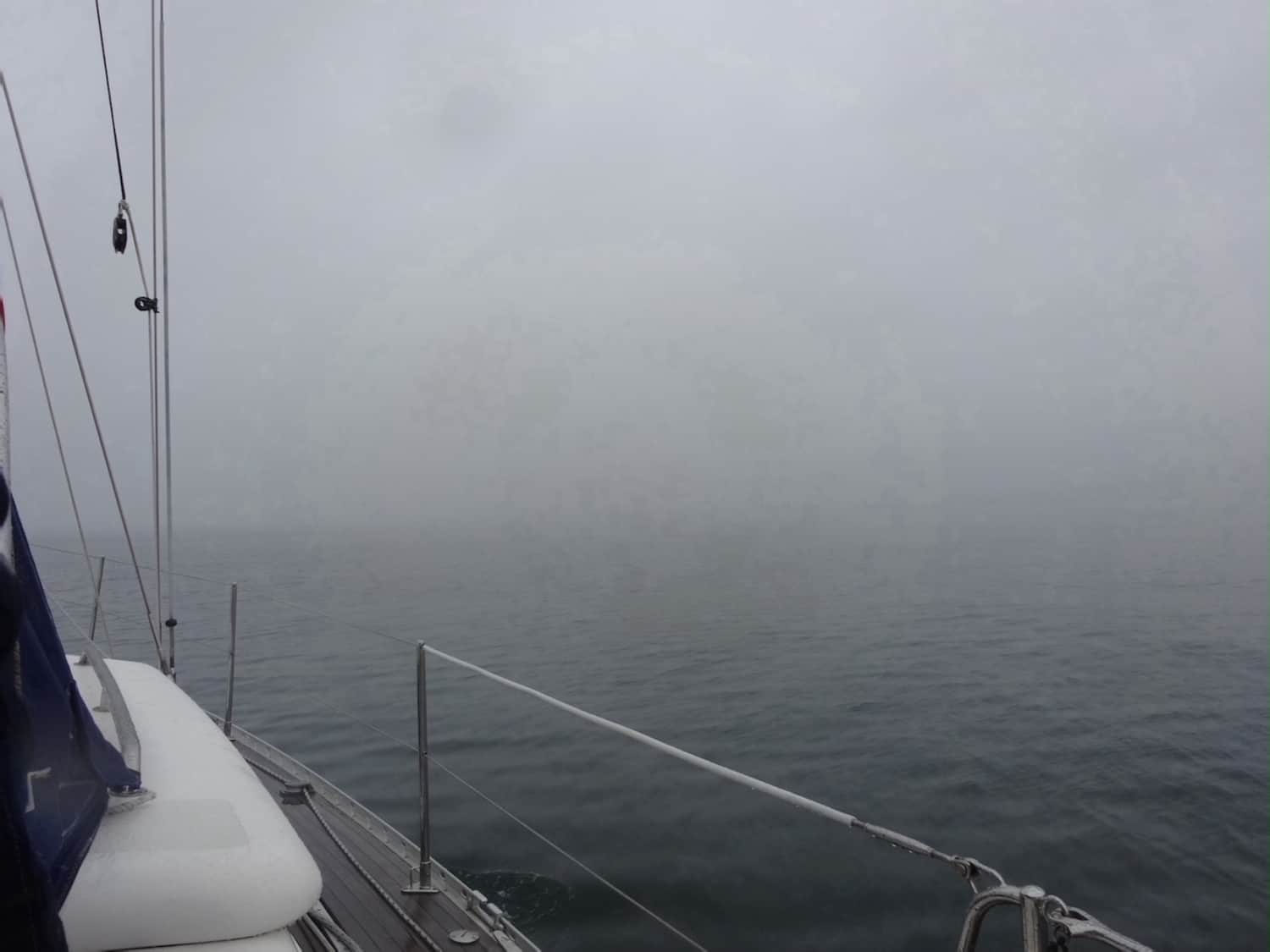
Just a quick overnight stop and the next day saw us sailing out of the ria, past the National Park of Isla Ons and down to Ria de Pontevedra. Our stop here was Combarro.
Combarro lays claim to ‘Galicia’s most beautiful fishing village’. Having visited several in the region, I am not sure that I agree with that – I prefer the quieter villages. However, we were glad that we had visited, it was a fascinating place.
We spent two days here, strolling down its granite paved streets, many of which date back to 1700s. It is crammed with traditional Galician houses and their wrought iron balconies. Everywhere you look, there are stone planters overflowing with flowers of all colours.
Combarro is also famous for its ‘horreos’. These are small stone ‘sheds’ historically used for drying out corn or fish. There are reputed to be more than thirty of them still standing, scattered through the village, especially along the historic waterfront.
As well as the horreos, the narrow path along the waterfront leads you past small shops and bars and, peering in through the doorways, you can see that they are chiselled into the rocks.
As I said, a touristy, but fascinating place.
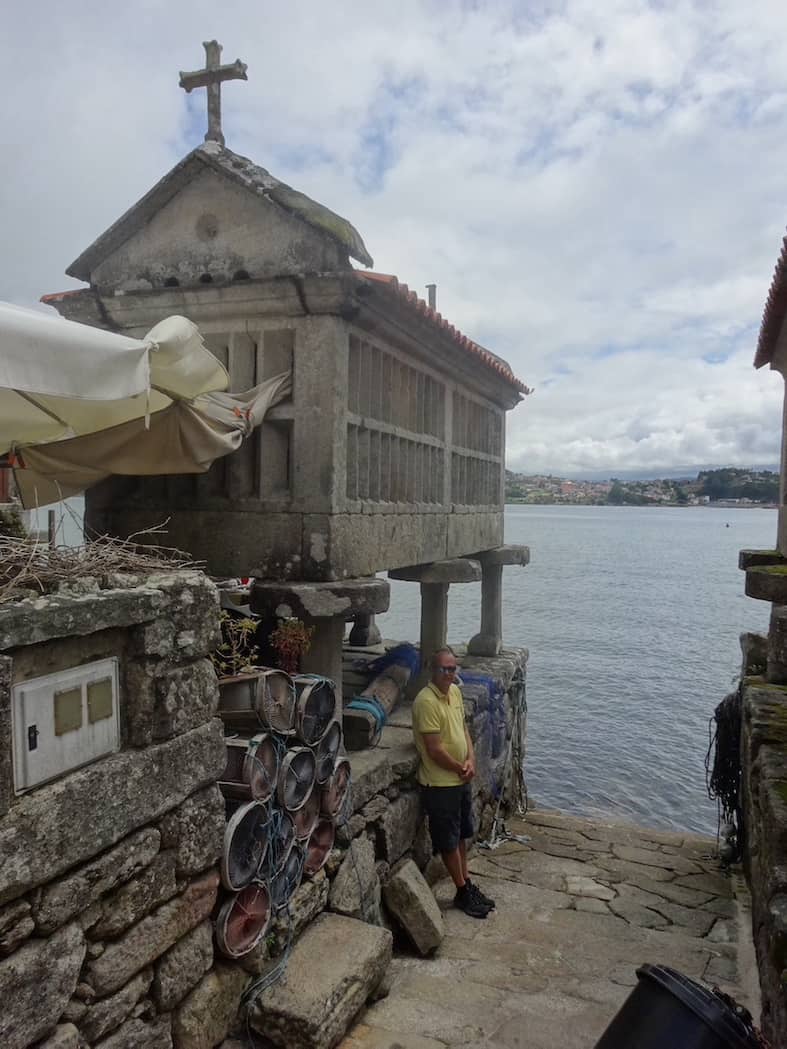
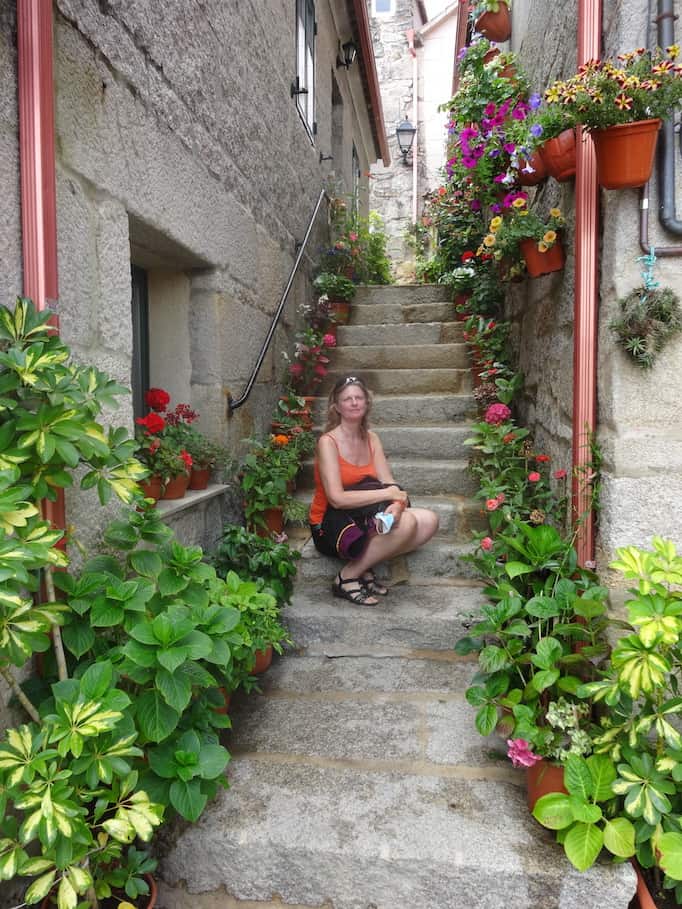
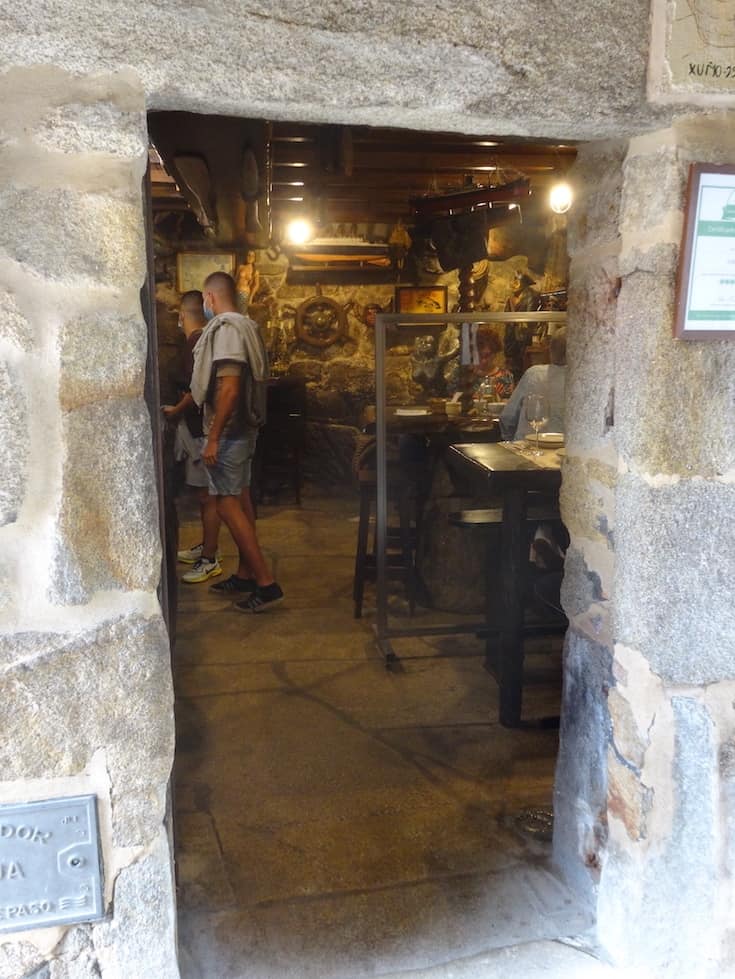
Leaving Combarro behind, we headed out of the ria towards Islas Cies.
This is a collection of islands forming part of the larger national park area. Access to the park is carefully controlled, with daily visitor numbers limited. Sailing boats need a permit, not only to sail off shore here, but also to anchor. We were fortunate enough to manage to get booked in for two nights.
A national park of islands may sound like heaven and you may be imagining deserted islands only inhabited by the local wildlife. Unfortunately, the main beaches and walking paths are busy with the many visitors who come over on the many daily trip boats. It is only after they all go home, that the calm returns and the views are unspoilt.
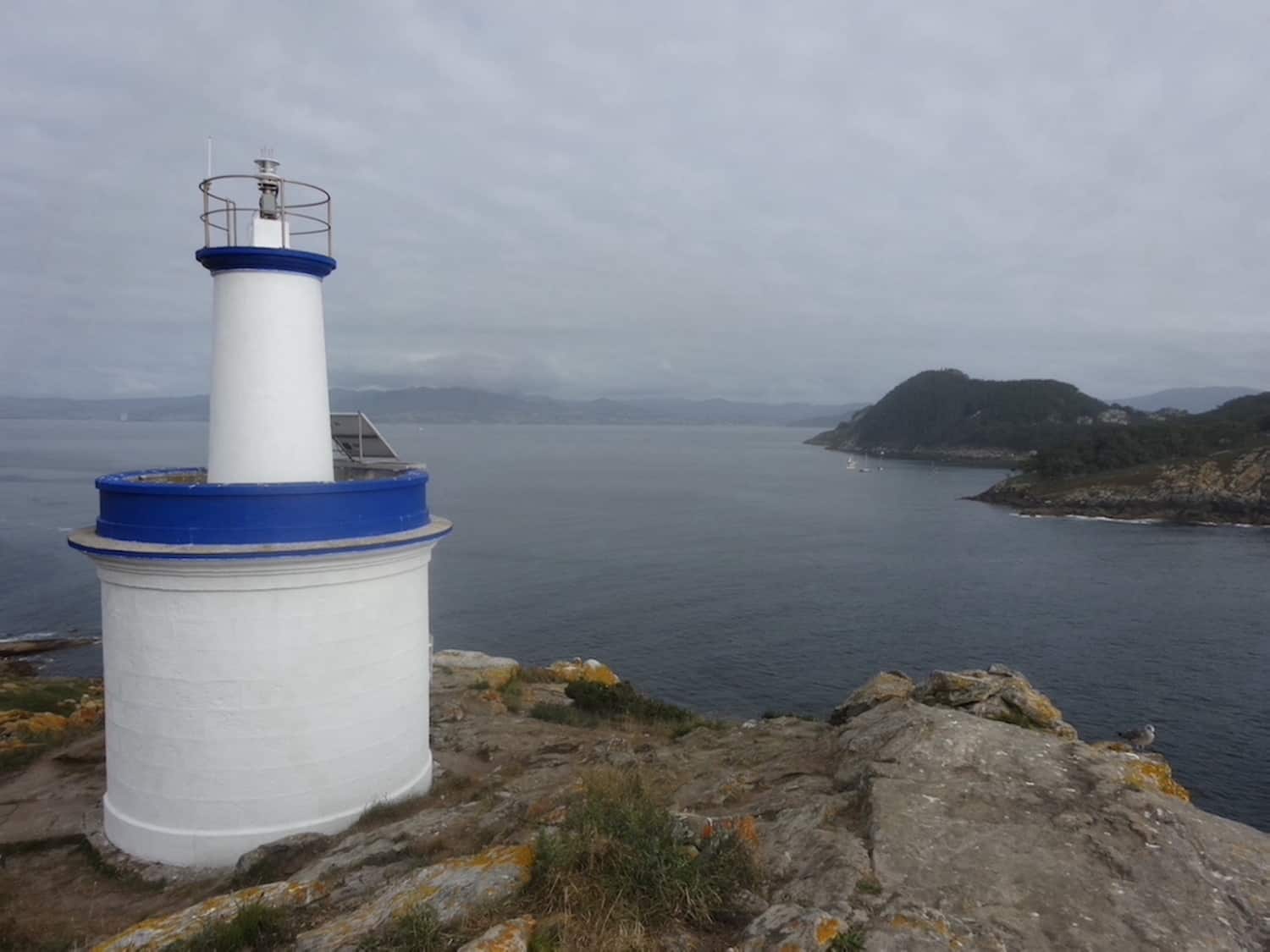
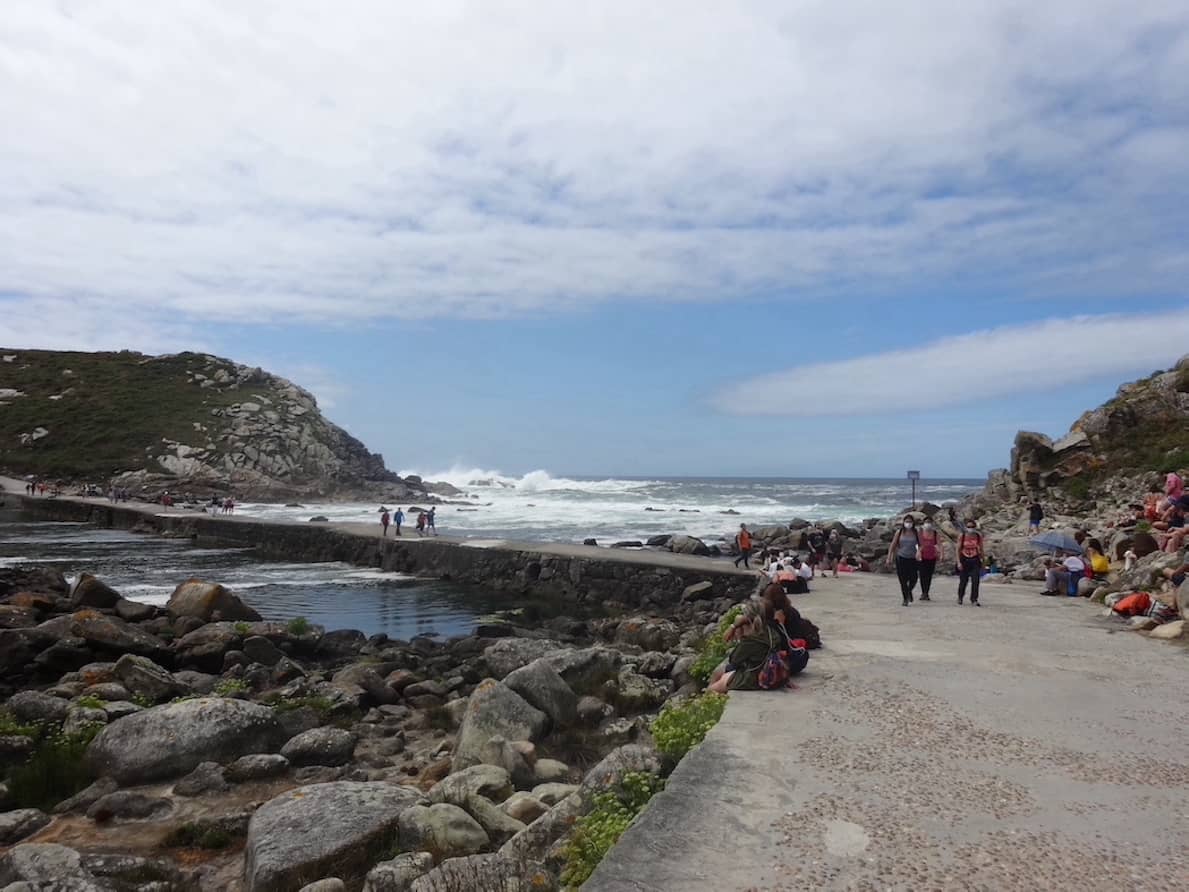
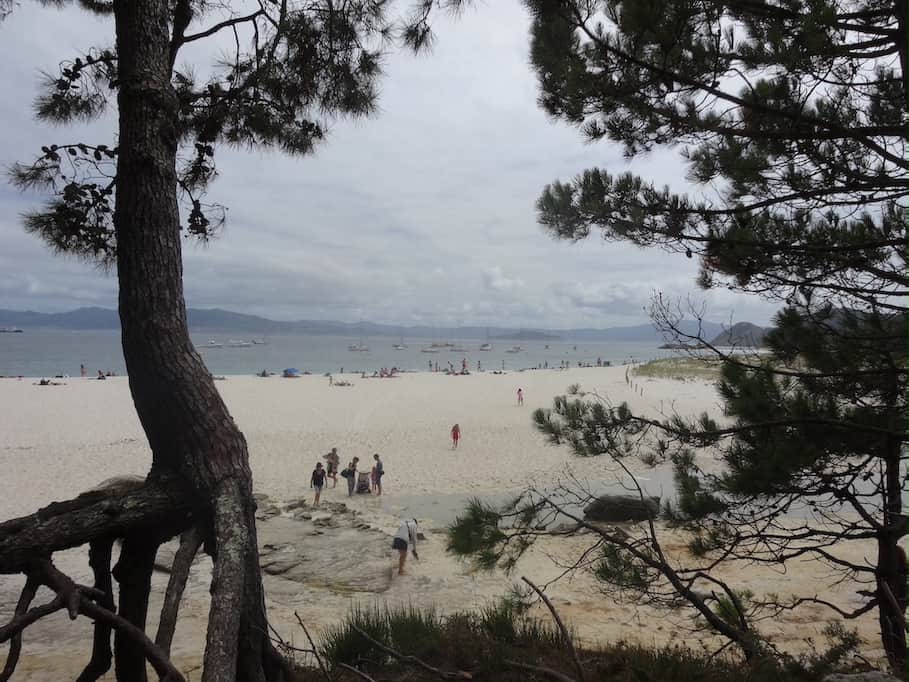
Beautiful x
Hi Daisy,
Great to hear from you.
It certainly was beautiful. The whole of the Rias were amazing to visit….we were sad to leave!!
Hope you and the family are well xx
Wonderful! Enjoying your travels. Are you using your Spanish?
Hi,
Great to hear that you continue to enjoy following our adventures.
Yes my Spanish is improving! Very few people speak English in Galicia, so some basic Spanish is essential.
It was hard moving on to Portugal as, although the words look similar, the pronunciation is completely different. Relying on my trusty phrase book and Google translate!!
Hope things are ok with you
xx